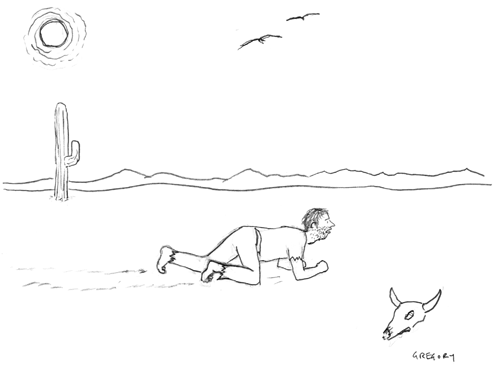Chapter 6. organization navigation
Chapter 6. organization & navigation"Information...Information..." don't miss ...
In many ways, web design is organization and navigation. Although visual flourishes such as color, imagery, and style might get more attention, it's the structure of the site that determines its success. A well-organized site will lead users effortlessly toward their goals, because its sections correspond with their needs. Its language makes sense to them, and its navigation is consistent and clear. But a poorly organized site (one that was built hastily, or with only the owner's needs in mind) will confuse users, and inadvertently keep them from the information or services they need. The organization, after all, is the backbone of your site. Like the supporting beams of a house, it provides the structure on which the visual design rests.
It's the structure of a site that determines its success. A well-organized site will lead users effortlessly toward their goals. Still, many people have trouble separating the two areas of web design. And sites suffer when the two are confused. "You have to separate the functional or structural design from the communication design," says Peter Merholz, a partner with consulting firm Adaptive Path. "People tend to get hung up on the final expression without considering the underlying functional framework." But the framework is the most important piece. If you haven't organized your site in a way that makes sense to the user, no visual wizardry can make it work for them. "If nothing else, a web site must work before it ought to look good," Merholz said. "It better do what it sets out to do." Despite its strategic importance, site structure has often taken a backseat to the flashier aspects of design. But its importance is finally being acknowledged. "I moved from doing content work to doing information architecture because it became more and more clear to me that structure more than anything else was the defining element in a web site," says Jesse James Garrett, author of The Elements of User Experience. "The key to a successful site is having it be well-structured."
And corporations, as well as consultants, are reaching this conclusion. "Information architecture has overtaken visual design as the most critical component in web design," said Lance McDaniel, VP of Creative for consulting firm SBI and Company. "The design of the information now outshines the visual design of the site, and gets more credit for its success. Whereas before, it was kind of a red-headed stepchild." |
EAN: 2147483647
Pages: 195
